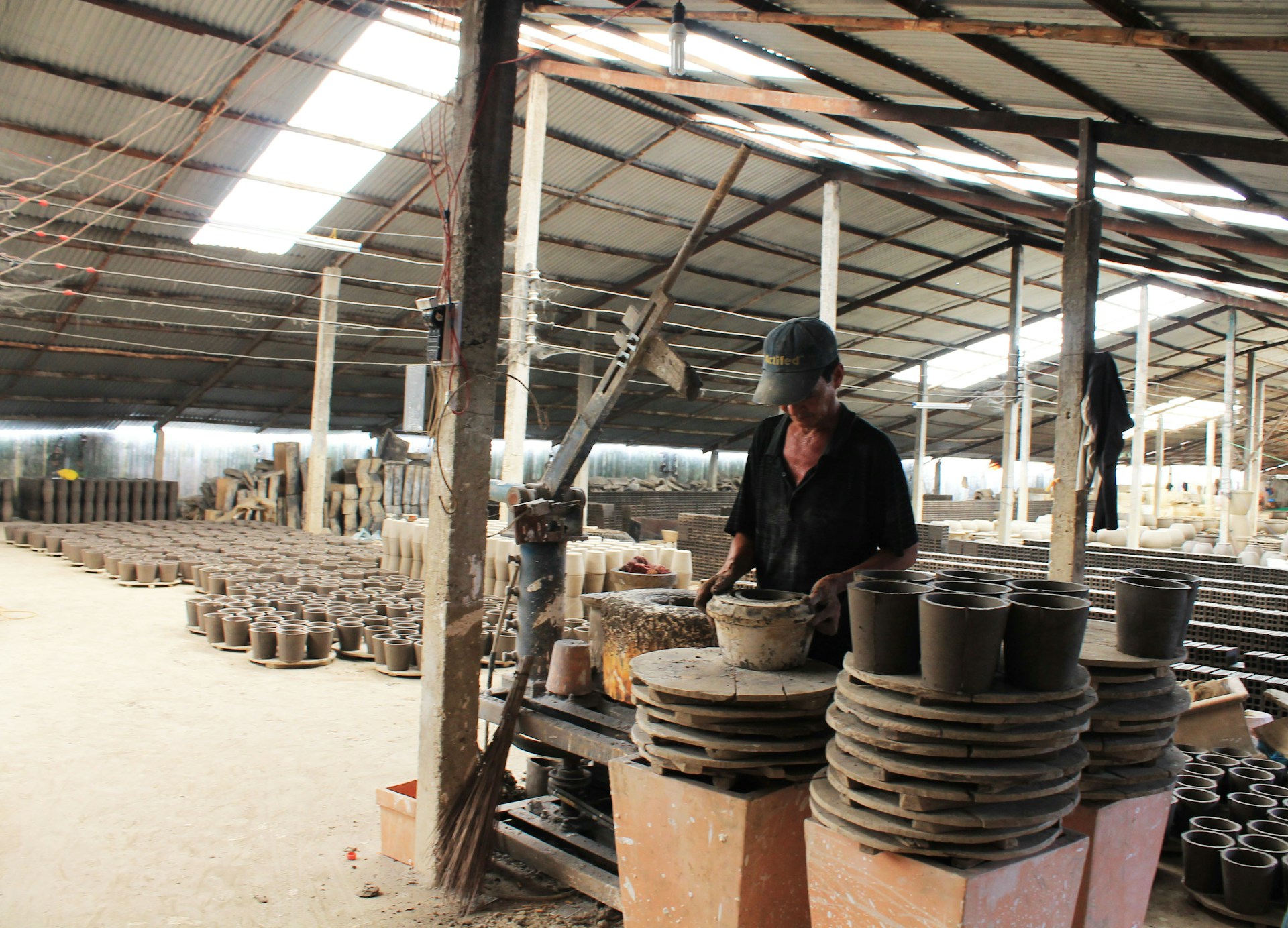SMEs are the Beating Heart of all Economies
SMEs are the cornerstone of economies worldwide, embodying resilience, innovation and dynamism. They play a significant role in the global economy, accounting for about 90% of businesses and more than 50% of employment worldwide. In emerging economies, formal SMEs account for up to 40% of national income (GDP). These figures escalate significantly when we consider informal SMEs. Projections according to the World Bank estimates that by 2030, the growing global workforce will necessitate the creation of 600 million jobs. This underscores the importance of SME development, making it a top agenda for governments worldwide.
Moreover, SMEs play a crucial role in fostering technological innovation, often serving as the breeding ground for disruptive technologies that propel economies forward.
China is leaving no stones unturned in fostering the growth of SMEs. China’s Ministry of Industry and Information Technology is working on a five-year plan aimed at bolstering the growth of SMEs. This strategy emphasizes several crucial objectives, such as promoting fair competition, expanding access to financing and boosting innovation capacity and professionalism. Furthermore, China has set a goal to foster the development of 10,000 “little giant” companies. These are nascent small businesses that concentrate on cutting-edge sectors like next-generation information technology, advanced equipment manufacturing, renewable energy, novel materials and biomedicine.
Tech Uptake Crucial
However, despite their undeniable significance, SMEs often face challenges in adopting and integrating cutting-edge technologies into their operations. To unlock the full potential of SMEs and ensure their sustained growth, it is imperative for both suppliers and customers to actively facilitate the uptake of technology within these enterprises.
One key strategy to enhance tech uptake among SMEs is fostering collaborative ecosystems that connect SMEs with technology providers, research institutions, and larger corporations. By establishing partnerships and networks, SMEs gain access to expertise, resources, and technologies that can catalyze their innovation efforts. Suppliers can play a pivotal role in this process by offering tailored solutions, training programs, and ongoing support to assist SMEs in implementing new technologies effectively.
A quantitative analysis performed on a sample of more than 1,300 Chinese manufacturing firms using the newest data provided by the World Bank, reveals that “IT usage width and IT usage frequency have a significantly positive impact on the innovation performance of SMEs.” IT usages width captured the number of product value chain links, supported by IT within a firm, while IT usage frequency described the average usage frequency of IT in all the product value chain links of a firm.
Moreover, customers can drive tech adoption by demanding innovative products and services, thereby incentivizing SMEs to invest in technology to meet evolving market demands. By fostering a culture of innovation and embracing technological advancements, SMEs can enhance their competitiveness, expand their market reach and drive economic growth.
Access to Finance Crucial
Access to finance remains a critical barrier for many SMEs, hindering their ability to invest in technology, expand operations and navigate market uncertainties. The International Finance Corporation estimates that 65 million firms, or 40% of formal MSMEs in developing countries, have an unmet financing need of US$5.2 trillion every year.
To ensure SMEs have adequate access to finance, it is essential to diversify funding sources and create an enabling environment that supports their financial needs. Governments play a crucial role in enhancing the support for SMEs, with countries like China and Vietnam demonstrating a commitment to fostering entrepreneurship and innovation within their respective economies.
In response to the unprecedented challenges posed by the pandemic, the Chinese government swiftly enacted a series of emergency measures aimed at providing financial support to SMEs. In 2020, amidst the onset of the pandemic, the National Financing Guarantee Fund extended assistance to a staggering 45.6 million SMEs, amounting to a total sum of CNY70.91 billion (US$9.97 billion). These timely policy interventions encompassed a range of initiatives geared towards easing the financial burden on SMEs. Measures included the reduction of the deposit reserve ratio, the establishment of special refinancing funds, and the provision of flexibility for SMEs to defer payment of overdue bank loan installments.
In June 2017, the National Assembly of Vietnam enacted a law to support SMEs. This law offers SMEs a range of benefits, including a lower corporate income tax rate than the standard one, as well as other non-tax incentives such as reduced land use fees and rents, and improved access to credit. In addition, Vietnam launched the SME Development Fund (SMEDF) in 2013, which started operations in April 2016. The fund, which was initially capitalized with VND2 trillion (US$81.88 million), provides loans covering 80% of the project cost, with the SMEs contributing at least 20% in equity. The SMEDF has also simplified the loan application process, allowing SMEs to submit their applications online via partner banks. The fund also operates a call centre to assist SMEs in completing their loan applications.
This is one of the dialogue sessions being discussed in the upcoming Horasis China Meeting, scheduled for 14th to 15th April 2024 in Binh Duong, Vietnam. By harnessing the power of technology, facilitating access to finance, and enhancing government support, SMEs can unleash their full potential, ushering in a new era of prosperity and advancement for all.
Photo Caption: A pottery manufacturing SME in the Mekong River Delta, Vietnam. Access to finance remains a critical barrier for many SMEs




